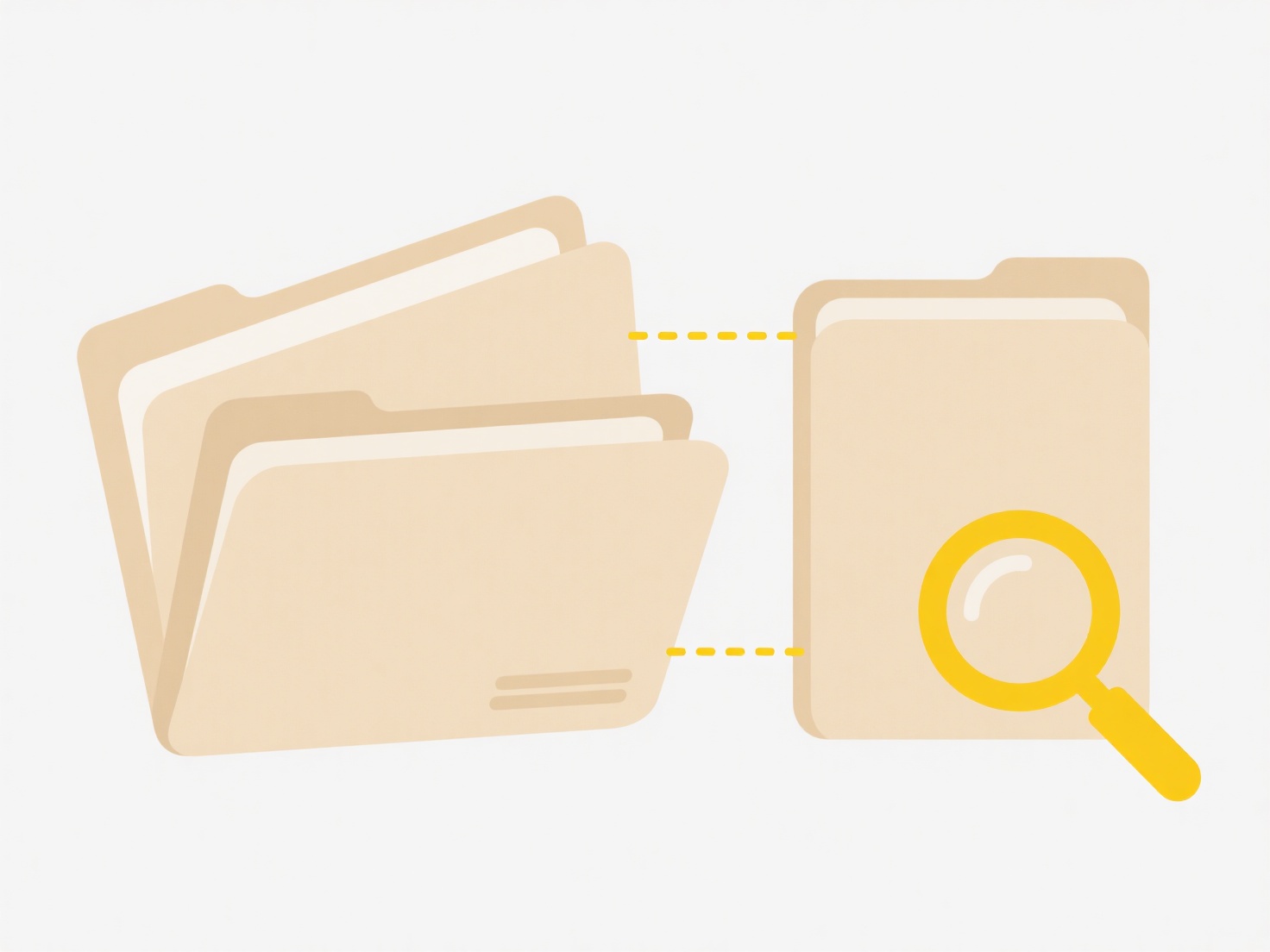
Pinning files refers to the ability to make specific files always appear at the top of a folder view, regardless of the folder's primary sorting criteria (like name, date modified, or type). This differs from regular sorting or manual dragging (which gets undone when sorting changes) by forcibly overriding the current sort order for those selected items. It effectively creates a dedicated "important" section at the top for your chosen files.
This feature is commonly found in cloud storage platforms like Microsoft OneDrive and SharePoint Online. For example, a project manager might pin the current Statement of Work and Project Timeline documents to the top of their project folder. Similarly, in local file management tools like Windows File Explorer using its "Pin to Quick Access" feature, a user could pin the weekly timesheet template needed every Monday for easy and immediate access.

The primary advantage is significant time savings and reduced friction by eliminating the need to search or re-sort folders for critical files, thereby boosting workflow efficiency. However, a key limitation is that it's not universally implemented; availability and exact functionality (like number of files supported) vary widely across different operating systems and applications. As digital workspaces evolve, expect broader adoption and more sophisticated prioritization options alongside core pinning.
How do I pin important files to the top of a folder?
Pinning files refers to the ability to make specific files always appear at the top of a folder view, regardless of the folder's primary sorting criteria (like name, date modified, or type). This differs from regular sorting or manual dragging (which gets undone when sorting changes) by forcibly overriding the current sort order for those selected items. It effectively creates a dedicated "important" section at the top for your chosen files.
This feature is commonly found in cloud storage platforms like Microsoft OneDrive and SharePoint Online. For example, a project manager might pin the current Statement of Work and Project Timeline documents to the top of their project folder. Similarly, in local file management tools like Windows File Explorer using its "Pin to Quick Access" feature, a user could pin the weekly timesheet template needed every Monday for easy and immediate access.

The primary advantage is significant time savings and reduced friction by eliminating the need to search or re-sort folders for critical files, thereby boosting workflow efficiency. However, a key limitation is that it's not universally implemented; availability and exact functionality (like number of files supported) vary widely across different operating systems and applications. As digital workspaces evolve, expect broader adoption and more sophisticated prioritization options alongside core pinning.
Quick Article Links
Should I trust a file with a double extension (e.g., .pdf.exe)?
A double file extension like ".pdf.exe" refers to a filename where two extensions appear consecutively. Malicious actors...
How do I scan for publicly shared files in my drive?
Publicly shared files in your drive are documents or folders with permissions set to allow access by anyone possessing t...
What policies prevent duplicate uploads in file systems?
File systems prevent duplicate uploads primarily through deduplication techniques. Deduplication identifies and eliminat...